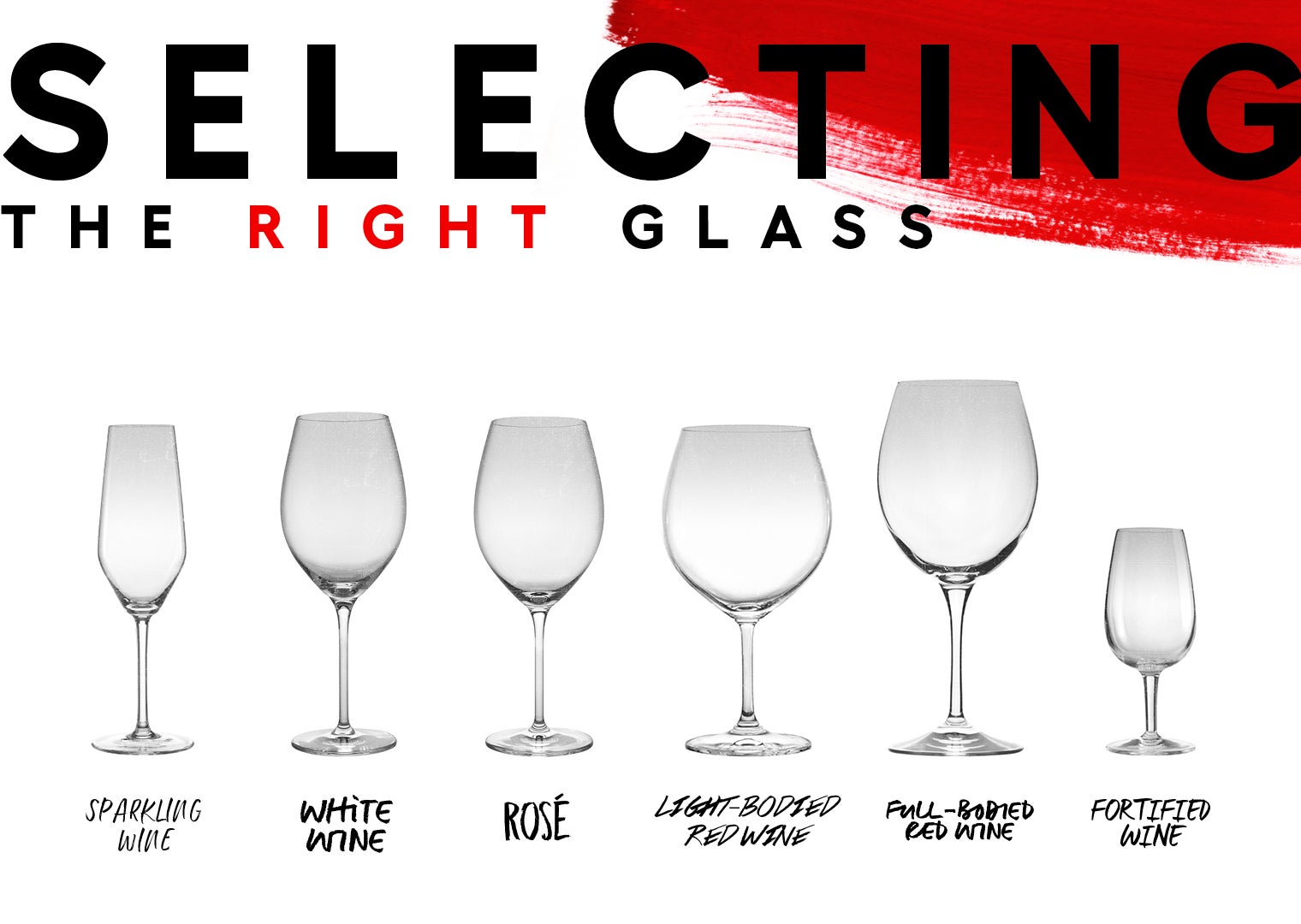Serving wine isn’t rocket science but there’s a simple reason wine experts are so particular about it: serving wine properly improves the flavour of the wine and enhances your enjoyment.
It’s like the difference between drinking a lukewarm coffee from a cheap cup while running out the door, and sipping a well-made coffee at the perfect temperature from a quality, handcrafted mug. Worlds apart.
Here are the top things to consider when serving wine.
Aim for the ideal temperature
Most people serve red wines at room temperature and whites straight from the fridge – and that’s not a crime. But temperature can dramatically influence the way a wine tastes and smells.
Here’s why:
- Cold temperatures subdue a wine’s aromas.
- Cold temperatures also emphasise a wine’s acidity and tannin.
- When a wine is warmer, it is more aromatic.
- Higher temperatures also emphasise the alcohol in a wine.
“If a lighter style of white wine, such a Riesling or Pinot Grigio, isn’t cold enough, it will lose its beautiful refreshing quality,” says Liinaa Berry, wine writer and Head Sommelier/Wine Director at Hardy’s Verandah in South Australia’s Adelaide Hills. “But a white wine that is textural or more aromatic, like an oaked Chardonnay or Viognier, will lose its texture and fruit aromas and flavours if it’s too cold, and will just taste one-dimensional.”
Another factor to consider is that ‘room temperature’ is a bit misleading. It can mean very different things depending on where you live and what season it is. So it’s not always right for red wine.
“If red wine is too cold, the tannins will be more pronounced, and if it’s too warm, the alcohol will be more pronounced,” says Liinaa.
Here’s a general guide for serving temperatures:
- Sparkling wine: ice cold (5–10°C, 41–50°F)
- White wine and rosé: fridge cold (7–14°C, 45–57°F)
- Light-bodied red wine: cool (12–17°C, 54–63°F)
- Full-bodied red wine: slightly cool (17–21°C, 63–70°F)
Head Sommelier at Sydney’s Bibo Wine Bar, Louella Mathews, has a handy tip for bringing your wine to the right temperature: “For white wines, take them out of the fridge 15 minutes before serving, and for reds, put them in the fridge 15 minutes before serving.” This works particularly well in a warmer climate, but you can adjust depending on the ambient temperature.
Does wine need to ‘breathe’?
Some wines benefit from being served from a decanter rather than the bottle, which lets the wine ‘breathe’. Being exposed to oxygen helps ‘open it up’ and release some aromas. It can improve the flavour of red wines, especially big, powerful reds, and some full-bodied whites.
“Always taste the wine before you decant it, and if you think it’s delicious, just serve it,” says Louella. “But if it tastes a bit tight and almost neutral, put it in the decanter. Especially young, heavier reds like Cabernet Sauvignon and Shiraz.”
Aim for around 30–60 minutes for decanting, but less for more delicate aged wines.
Size and shape matter: choosing glassware
You might not think twice about using the same glass for every wine style, but different glasses really can change the way wine tastes and smells.
“For me, using the right glassware is a way of respecting the wine,” says Louella. “I’ve been to venues where you spend $400 on a bottle of wine and it gets served in glassware that really doesn’t do it justice.”
There are glasses made for white and red wines, but also for specific styles and varieties. The image below gives a general guide for choosing the right glass.

Investing in six different sets of glasses obviously isn’t realistic for the average person, so what should you do? One option is to buy glasses that best suit the wines you drink most often. You could also invest in ‘universal’ wine glasses, which are great for a more diverse range of wines.
But whatever your glass shape and size, don’t be tempted to fill it up to the rim – or anywhere near it. Fill your glass to about one-quarter to two-thirds full, to allow room for swirling and for the wine’s aromas to be released in the glass.
Once you’ve poured the wine, learn how to taste like a pro.
How long does wine keep once opened?
Many wines will keep fairly well for at least a couple of days and up to a week or so. Just store them in the fridge or somewhere else cool, dry and dark.
“Wines that are high in acid, such as Riesling or cool-climate Chardonnay, can last for quite a long time in the fridge,” says Liinaa. “I also find that wines made by producers working naturally with their wines and using minimal sulphites can even get better after being opened and in the fridge for a few days.”
But some wines, including delicate sparkling wines, light-bodied reds and aged reds, won’t last so long, with their flavours diminishing more quickly.
So now you’re ready to serve wine like an expert. But remember that above all else, wine is made to be enjoyed, so don’t be afraid to break the rules if it makes you happy.






